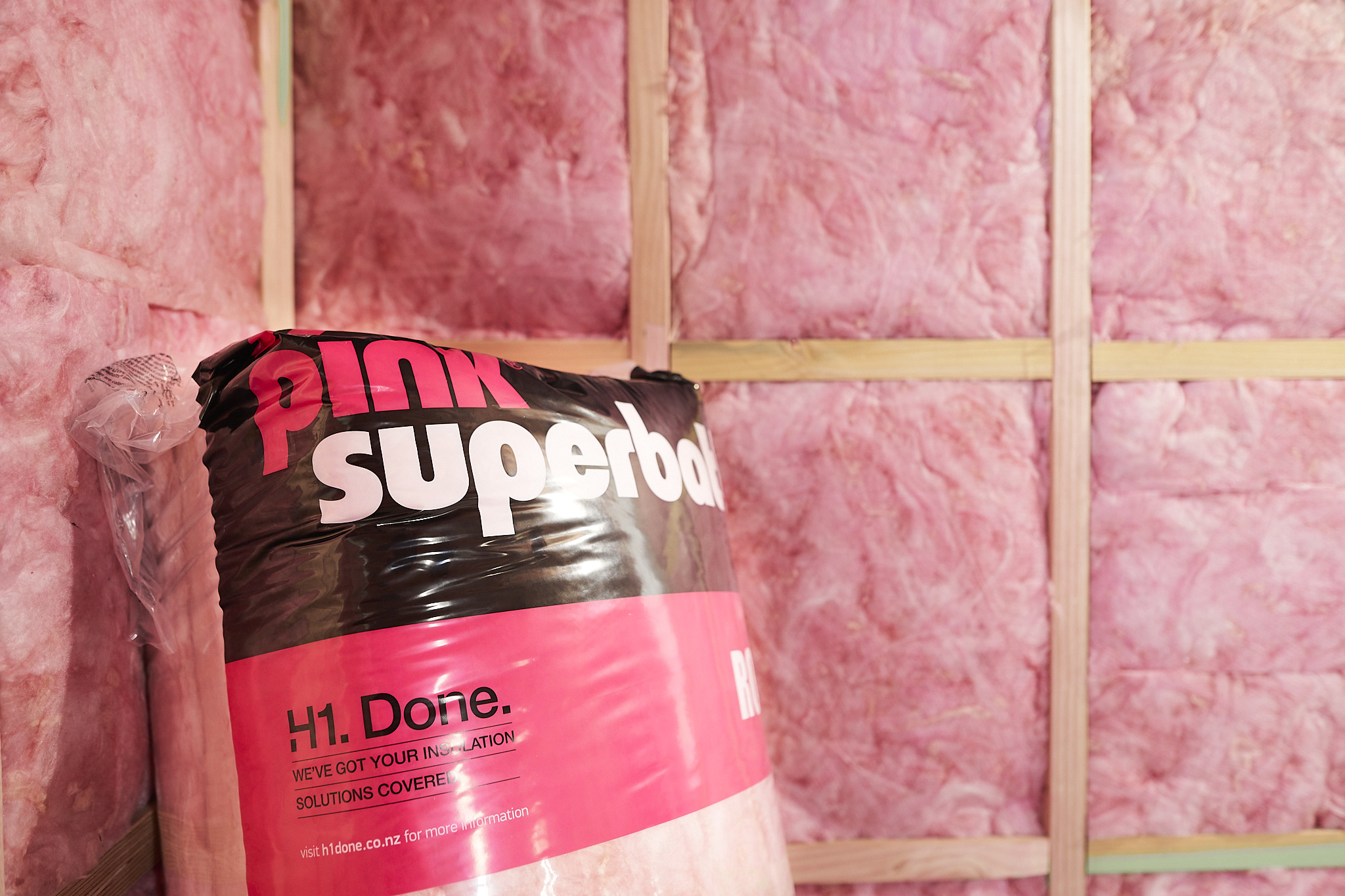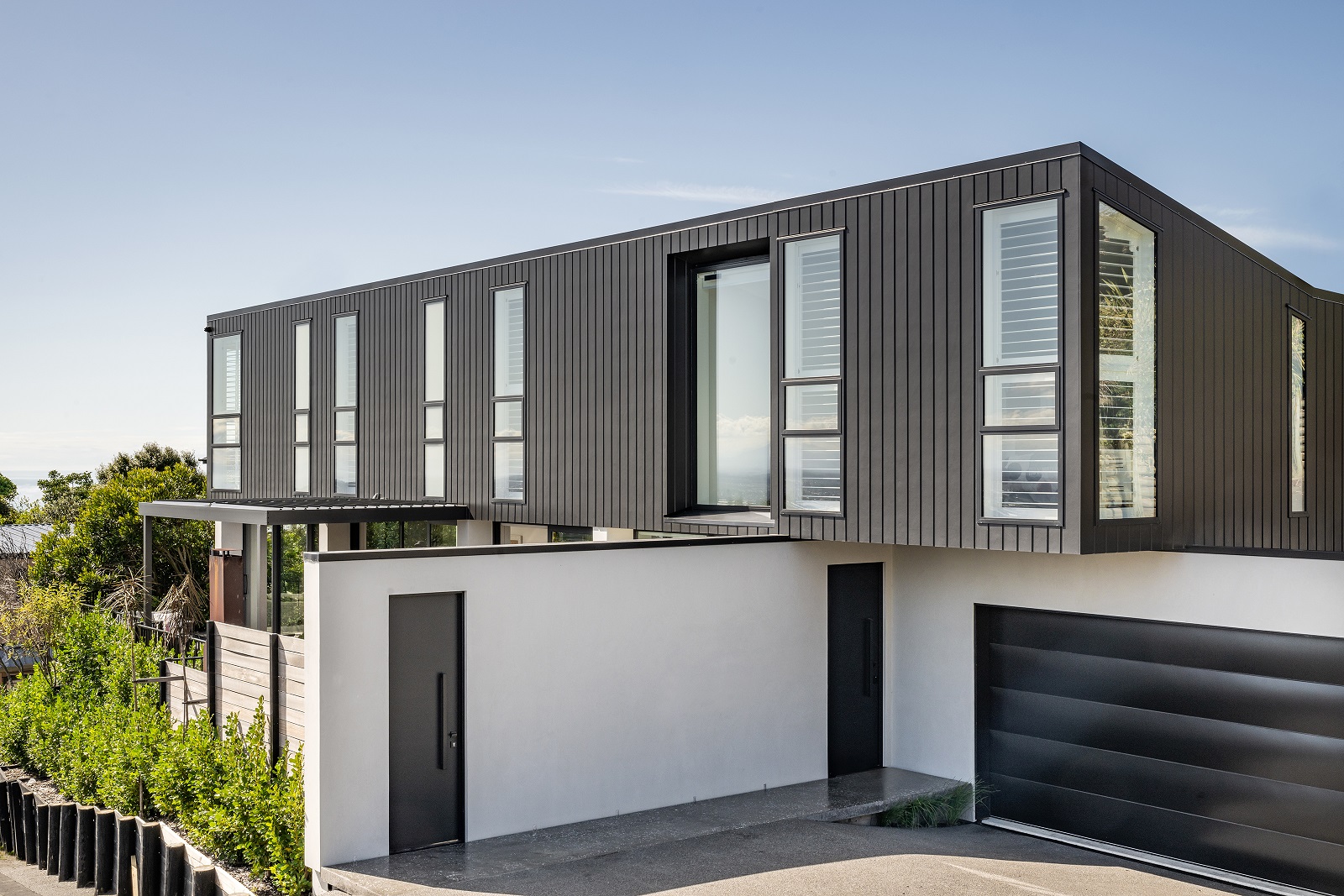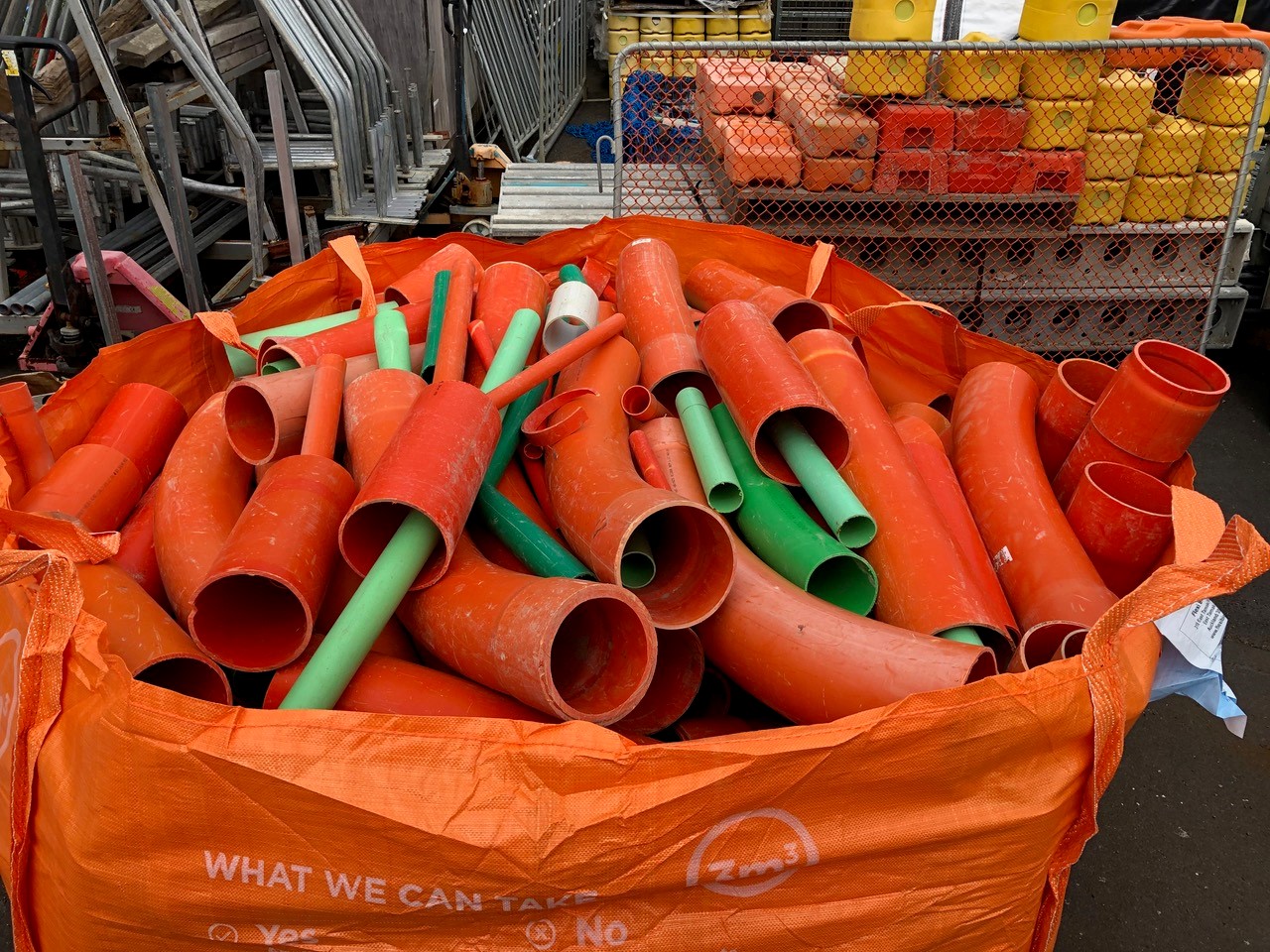Neolithic farmers, Viking chieftans, Bretons and Normans, Sumatrans and Vietnamese have all favoured long wooden houses. The building form was so important to the Iriquois nation of North America that their name means “people of the Longhouse”. MIT plans to meet student needs of the future by employing the same ancient shape, designing a dramatic modern structure with laminated veneer lumber (LVL). The proposed longhouse rises to a height of 12 metres and will use engineered wood to withstand high building stresses. It will contain a large enclosed space which is 43 metres long and 15 metres wide, and will be uninterrupted by internal structural supports. MIT Engineering department’s John Klein identifies sustainability as a key advantage. Choosing engineered wood generates lower carbon emissions and timber is known to sequester carbon. There are many other benefits too. LVL has superior strength to weight when compared to steel and a higher fire resistance rating. Being comparatively light and easy to handle, engineered timber delivers installation efficiencies and cost savings. Add in an attractive appearance, natural warmth, and acoustic advantages and you have a compelling proposition. “An interesting design process incorporating engineering and aesthetic considerations ultimately pointed us towards the idea of building up each arch element as a hollow triangular cross-section,” said Demi Fang, a graduate student in MIT’s Master of Science in Architecture Studies. “The structural depth achieved by building up the triangular section helps us achieve the clear span desired for the communal space, all while lending a visual language on both the interior and the exterior of the structure that we thought worked well,” she added. “Each arch tapers and widens along its length; because not every point along the arch will be subject to the same magnitude of forces, this varying cross-section depth both expresses structural performance while encouraging material savings.” MIT’s enthusiasm for laminated timber is something New Zealanders readily appreciate. TimberLabs, formerly known as McIntosh Timber Laminates, has just celebrated 60 years in business and almost needs its own longhouse to store the trophies won by its award-winning laminated structures. Responsible for the famous Yellow tree house, it also provided structural members for the “Cardboard” Cathedral in Christchurch. Not content with building for Kiwis, its impressive engineering has graced the homes of eastern potentates and roofed the Royal Hong Kong Jockey Club. In another assignment, intertwining trapezoids built by the company frame a stunning over-water restaurant located in Dubai. Like MIT, TImberLabs believes the aesthetic, structural and environmental advantages of engineered timber are a key to a sustainable present and an even better future.
Join over 15,000 construction professionals who receive Industry Insider each month.
Keep up-to-date with the latest product developments and what’s happening across the industry, both here and overseas.
Subscribe



